Imagine waking up every morning to the cheerful whistle of a cockatiel perched on your shoulder, or sharing a quiet evening with a curious parrot gently nibbling at your hair. For many people, these moments are more than just cute interactions—they’re deeply emotional bonds that bridge the gap between species. But what’s really happening inside the minds of these vibrant, feathered companions? Can a bird truly love you back, or are we simply projecting our feelings onto them? Recent scientific research offers surprising, even heartwarming answers about how and why parrots and cockatiels connect with humans, and what these connections tell us about the nature of attachment itself.
The Science of Attachment: Not Just for Mammals
Attachment isn’t just a human or even a mammalian phenomenon. In fact, birds like parrots and cockatiels display attachment behaviors that are strikingly similar to those seen in dogs, cats, and even human children. Studies have shown that these birds form social bonds in the wild that are essential for their survival. When raised in captivity, they transfer many of these same bonding instincts to their human caretakers. Scientists have observed that parrots will seek comfort, attention, and even protection from their favorite humans, resembling the attachment patterns seen in young children with their parents. This isn’t simple mimicry—it’s a complex emotional process.
How Birds Choose Their Favorite Human
Have you ever noticed that your parrot seems to prefer one person in the household? It turns out that parrots and cockatiels are remarkably selective when it comes to forming attachments. Research indicates that birds often choose a “favorite” based on subtle cues like voice, demeanor, and the frequency of positive interactions. A calm, consistent presence is especially attractive to these sensitive creatures. Unlike dogs, who might love everyone they meet, parrots form deep, exclusive bonds—sometimes to the point of jealousy. This selectiveness is rooted in their social structures in the wild, where lifelong pair bonds are the norm.
The Role of Early Socialization
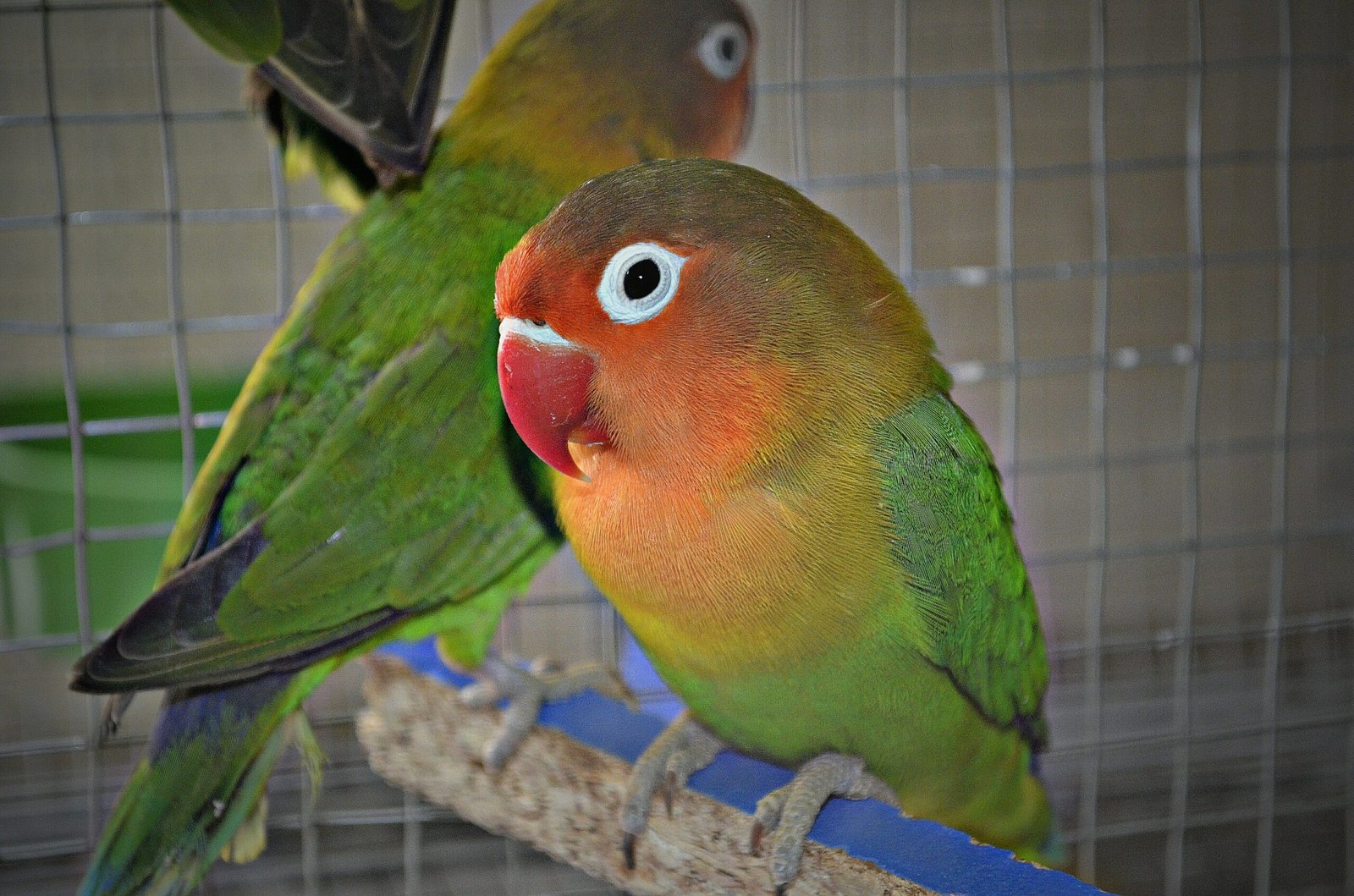
Just like with humans, early life experiences play a massive role in shaping a bird’s ability to bond. Parrots and cockatiels that are hand-raised and exposed to gentle handling from a young age tend to be more trusting and affectionate with people. Scientists have found that chicks separated too early from their parents or raised without sufficient social contact can develop behavioral issues, including aggression or withdrawal. On the flip side, those raised with positive human interaction often display increased curiosity, playfulness, and a strong desire for companionship.
Understanding Parrot Intelligence
It’s impossible to talk about attachment in parrots without mentioning their extraordinary intelligence. African greys, macaws, and cockatiels have all demonstrated cognitive abilities on par with young children. They can solve puzzles, understand cause and effect, and even learn to communicate using simple language. This intelligence makes their emotional connections with humans even more profound. When a parrot bonds with a person, it’s not just a matter of habit—it’s a thoughtful choice, shaped by complex reasoning and emotional depth.
Communication: More Than Just Talking
Parrots are famous for their ability to mimic human speech, but their communication goes far beyond words. These birds use body language, vocalizations, and even subtle facial expressions to express affection, excitement, and sometimes frustration. A cockatiel might fluff up its feathers and chirp softly when happy, while a parrot might gently preen your hair as a sign of trust. Recognizing and responding to these cues is key to deepening the human-bird bond. It’s a two-way street: the more attuned you are to your bird’s signals, the stronger your connection will be.
The Power of Play in Bonding
Play isn’t just fun for parrots and cockatiels—it’s essential for building trust and attachment. Interactive games, foraging activities, and simple toys can transform an ordinary relationship into a partnership based on mutual enjoyment. Scientists have observed that birds engaged in play with their humans show lower stress levels and increased social behaviors. Whether it’s a game of peekaboo or a shared snack, these playful moments strengthen the emotional bridge between species.
Touch: A Delicate Balancing Act
Physical contact means different things in the world of birds. While many parrots enjoy gentle head scratches or preening sessions, others may find too much touch overwhelming. Studies reveal that positive touch can trigger the release of feel-good hormones like oxytocin, reinforcing the bond. However, it’s crucial to respect individual boundaries—forcing contact can lead to fear and mistrust. Observing your bird’s reactions and adjusting your approach is a sign of true empathy and understanding.
The Mirror Effect: Parrots Mimic Their People
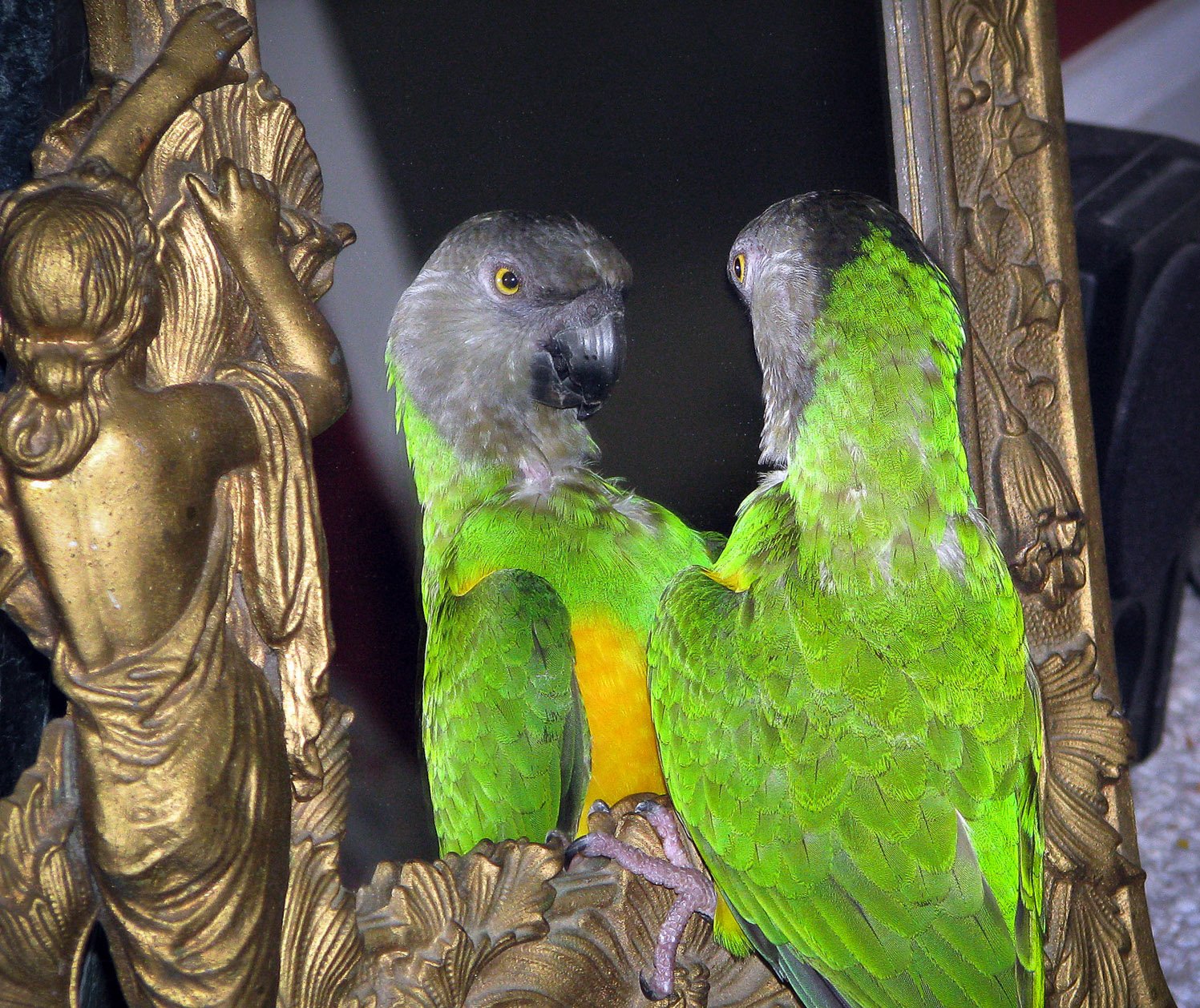
One of the most delightful aspects of living with a parrot is watching them mirror your moods and routines. Scientists call this “social mirroring,” and it’s a sign of deep attachment. Parrots will often pick up on your energy, matching your excitement or calmness. If you greet them with enthusiasm each morning, don’t be surprised if they return the favor with joyful whistles and dances. This mutual responsiveness is a powerful indicator of cross-species empathy and emotional intelligence.
Jealousy and Rivalry: The Dark Side of Attachment
Strong bonds with their humans can sometimes lead parrots and cockatiels to display surprising emotions like jealousy or possessiveness. Behavioral researchers have documented cases where birds become agitated or even aggressive when their favorite person pays attention to someone else—be it another bird, a family member, or even a pet dog. These emotions are rooted in their natural drive to form exclusive social bonds. Understanding this helps caretakers manage multi-pet households and prevent behavioral problems before they spiral.
Separation Anxiety: When Bonds Become Too Strong
Attachment is a double-edged sword. Birds that are deeply bonded to their humans can suffer from separation anxiety when left alone for too long. Symptoms may include excessive screaming, feather plucking, or self-harm. Veterinarians and animal behaviorists suggest providing plenty of mental stimulation and gradual desensitization to help birds cope with alone time. Creating a predictable routine and leaving behind familiar sounds, like a recording of your voice, can also offer comfort in your absence.
Hormones and the Chemistry of Affection
The emotional lives of parrots and cockatiels aren’t just shaped by their experiences—they’re also driven by powerful hormones. Research has shown that oxytocin, sometimes called the “love hormone,” plays a role in bonding for birds, just as it does in humans. When parrots engage in mutual preening or cuddle with their favorite person, their bodies produce a surge of these bonding chemicals. This biological foundation makes their affection feel genuine and lasting, not just learned behavior.
The Importance of Routine and Consistency
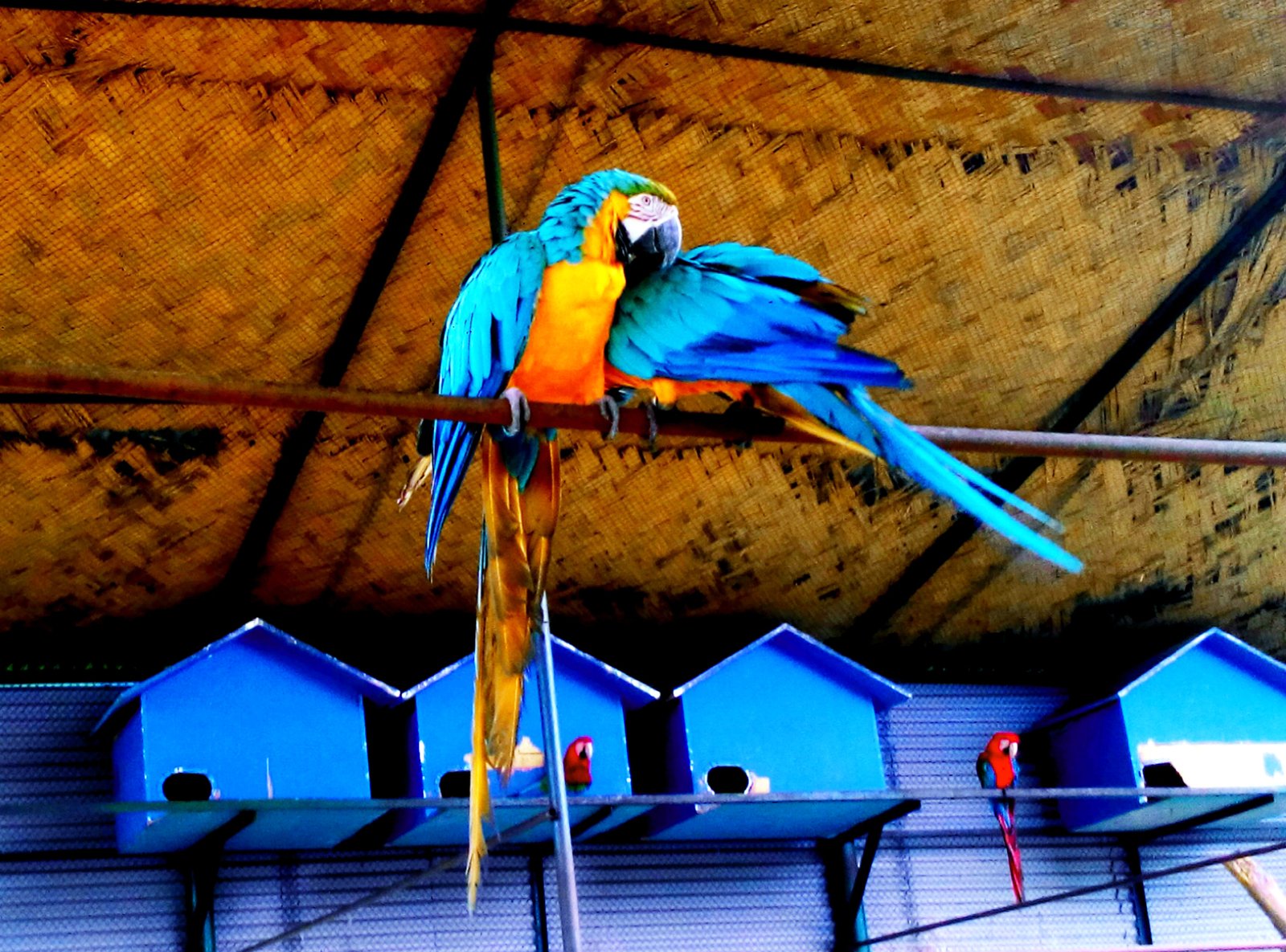
Parrots and cockatiels thrive on routine. Predictable feeding times, regular play sessions, and consistent care all contribute to a sense of security and trust. Scientists have found that birds exposed to chaotic or unpredictable environments often display more stress and have difficulty bonding. On the other hand, a stable routine helps reinforce the sense that their human companion is a reliable source of comfort and joy. It’s a simple but powerful way to deepen the cross-species connection.
Vocal Learning and Emotional Expression
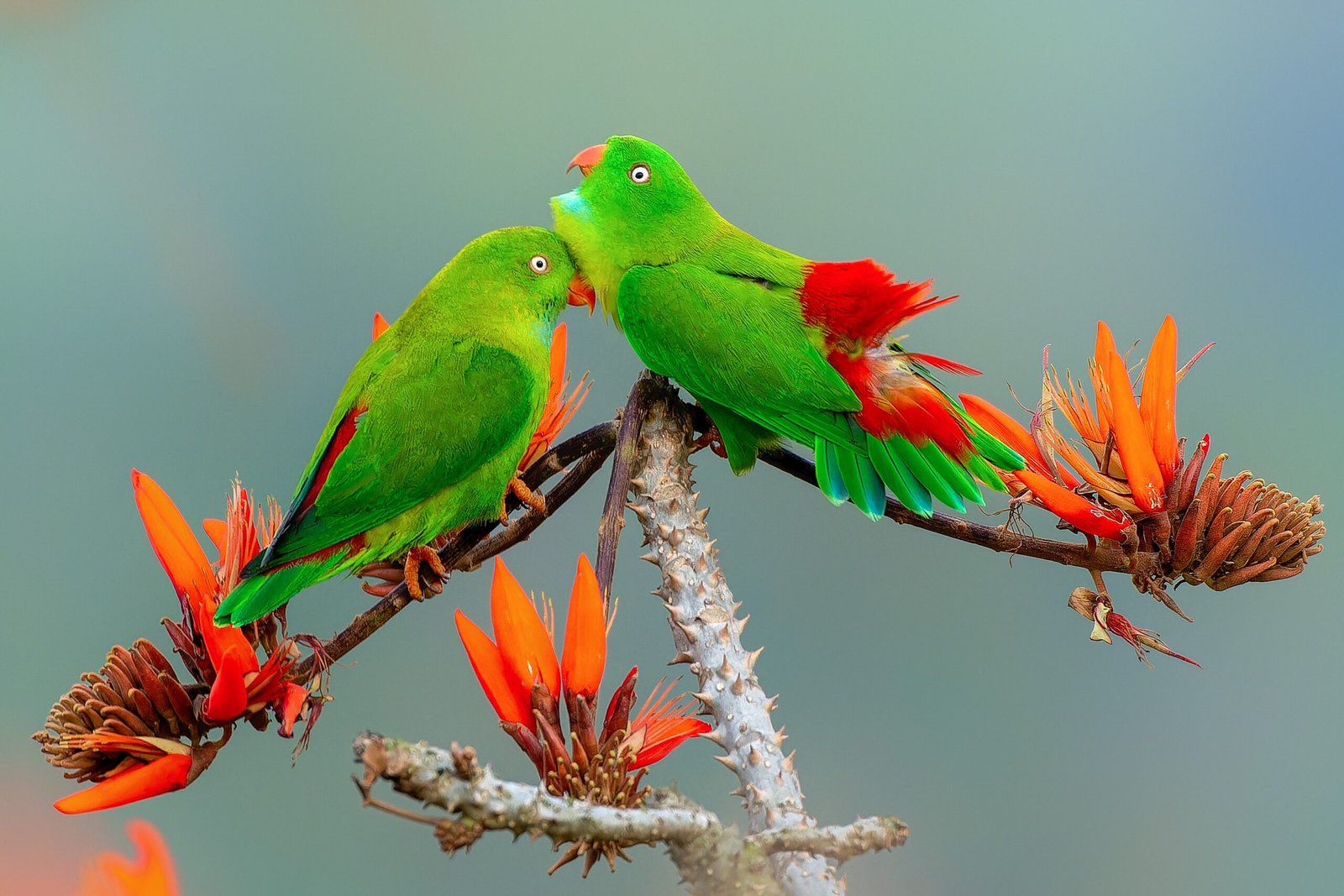
Vocal learning is one of the most fascinating aspects of parrot intelligence. Unlike many other animals, parrots can learn new sounds and use them creatively. Researchers have discovered that some birds develop unique “contact calls” just for their favorite person, essentially inventing a special language for their relationship. These personalized sounds are more than just mimicry—they’re a heartfelt way for parrots to express affection, excitement, or even longing when their human is away.
The Role of Enrichment in Emotional Health
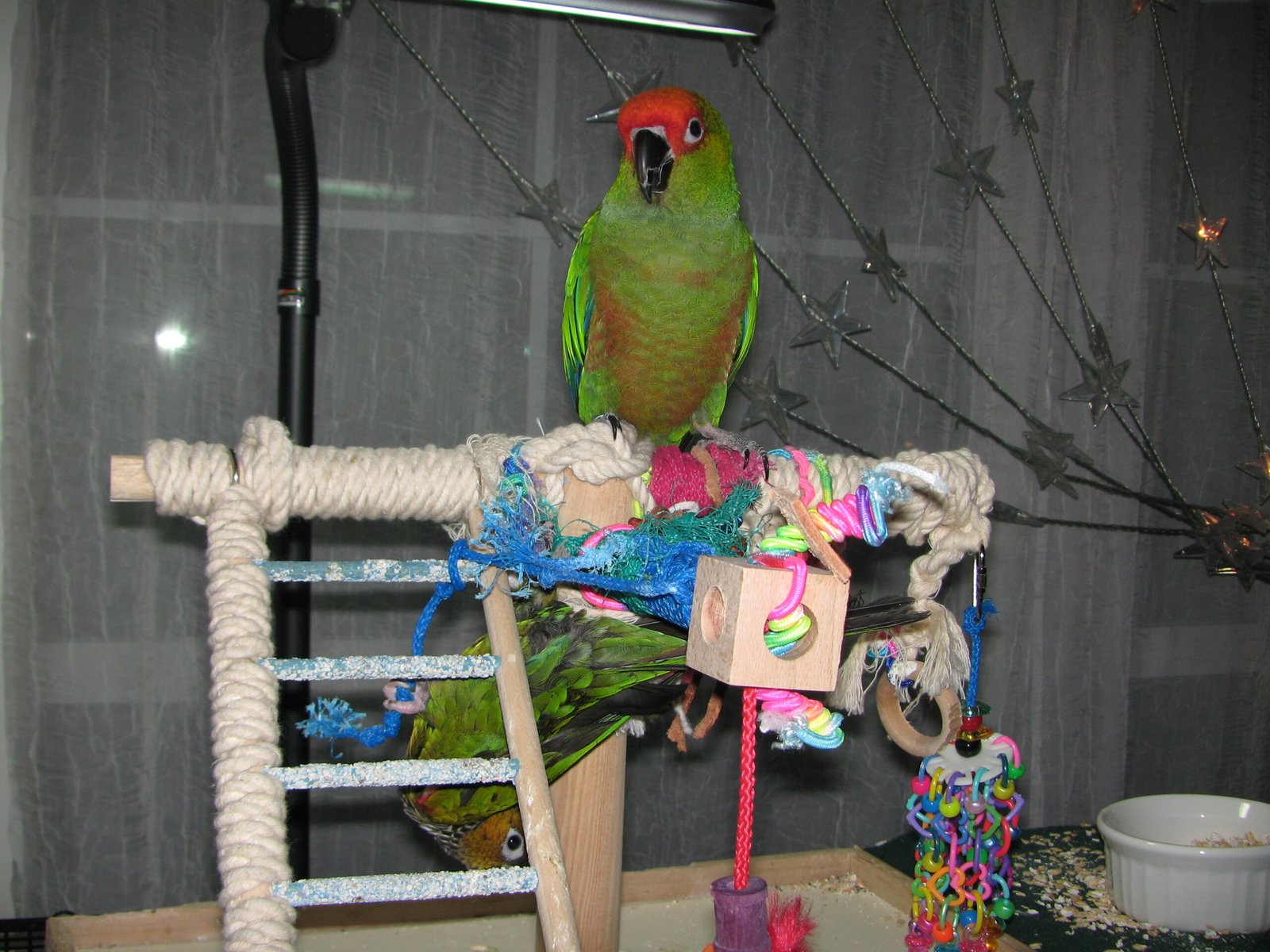
A bored bird is an unhappy bird. Environmental enrichment—such as new toys, puzzles, or opportunities for foraging—is essential for a parrot’s well-being. Studies show that mentally stimulated parrots are more likely to display healthy social behaviors and form strong attachments with their caretakers. Enrichment doesn’t have to be elaborate; even simple changes, like rearranging perches or introducing new textures, can make a big difference in a bird’s emotional health.
Trust-Building: Patience and Respect
Building trust with a parrot or cockatiel is a marathon, not a sprint. Birds are highly sensitive to changes in their environment and can be wary of new people or experiences. Experts recommend slow, gentle interactions and plenty of positive reinforcement to earn a bird’s trust. It’s not unusual for a shy cockatiel to take weeks—or even months—to feel comfortable enough to step onto a hand. The journey can be challenging, but the reward is a bond built on genuine trust and respect.
Cross-Species Empathy: Do Birds Understand Us?
Recent research suggests that parrots and cockatiels are capable of a surprising level of empathy. They can pick up on human emotions, responding to sadness with gentle chirps or to excitement with energetic play. Some birds have even been known to comfort their owners during tough times, sitting quietly and offering a soft nuzzle. This ability to tune in to our feelings sets them apart from many other pets and hints at a deep, shared emotional world.
The Impact of Human Emotions on Birds
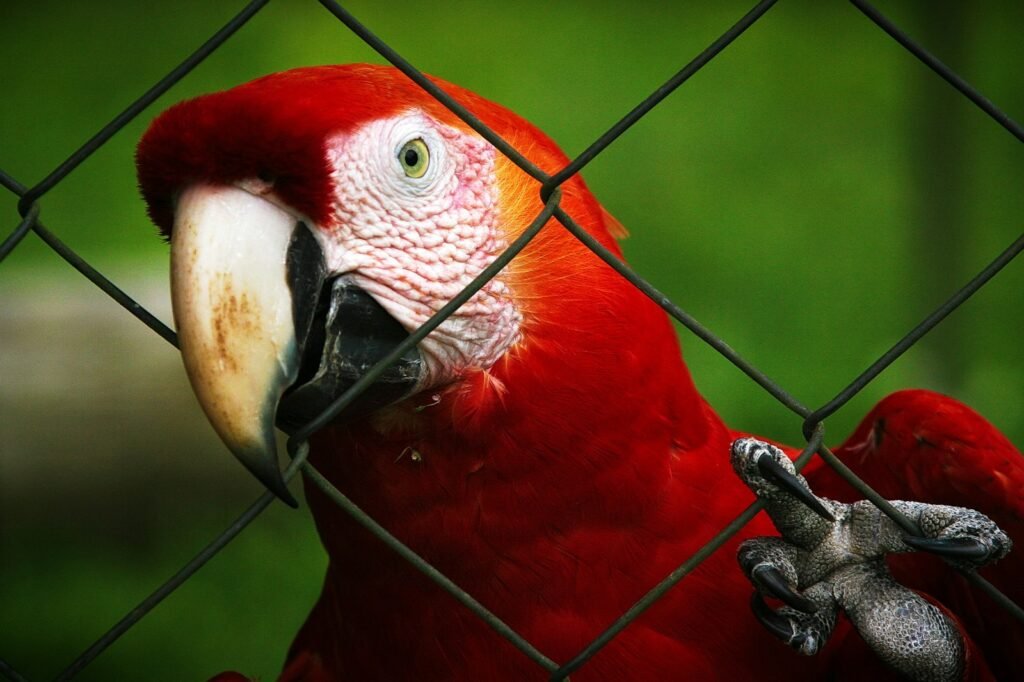
Birds are emotional sponges. If you’re stressed, anxious, or upset, your parrot is likely to sense it and react in kind. Studies have shown that birds living with calm, happy people tend to be more relaxed and sociable, while those in high-stress environments can become withdrawn or aggressive. This emotional feedback loop means that taking care of your own mental health is also a way of caring for your feathered friend.
Longevity and Lifelong Bonds
Parrots and cockatiels can live for decades—sometimes outliving their human companions. This longevity means that the bonds formed are often lifelong, growing deeper and more complex with each passing year. Many bird owners report that their parrots remember routines, favorite games, and even specific words or phrases learned years earlier. The depth of memory and loyalty in these birds is nothing short of astounding and speaks to the strength of their attachment.
Case Studies: Remarkable Bird-Human Partnerships
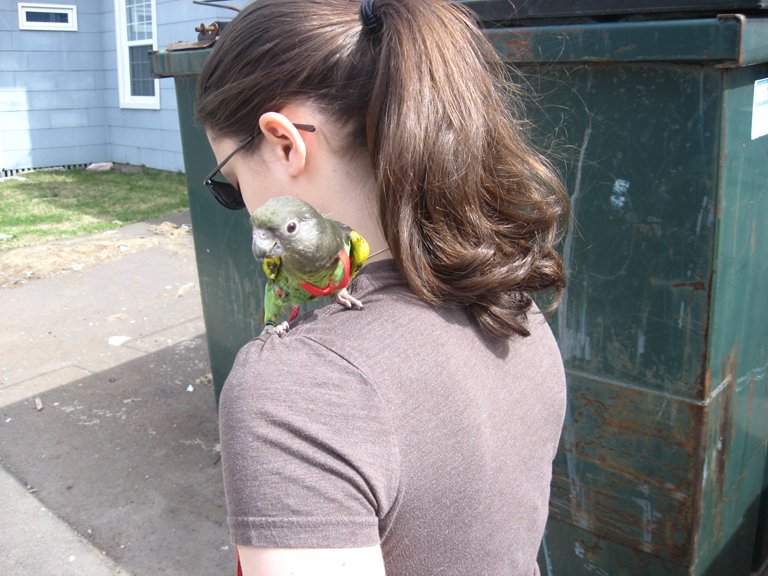
Real-world examples bring the science of attachment to life. Take the story of Alex, the African grey parrot who formed an unbreakable bond with his caretaker, Dr. Irene Pepperberg. Or consider the countless cockatiels who have comforted their owners through illness and grief. These stories are backed by research but driven by something more: a sense of genuine connection that defies easy explanation. They serve as living proof that cross-species friendships are not just possible—they’re deeply meaningful.
Ethical Considerations and Responsible Bonding
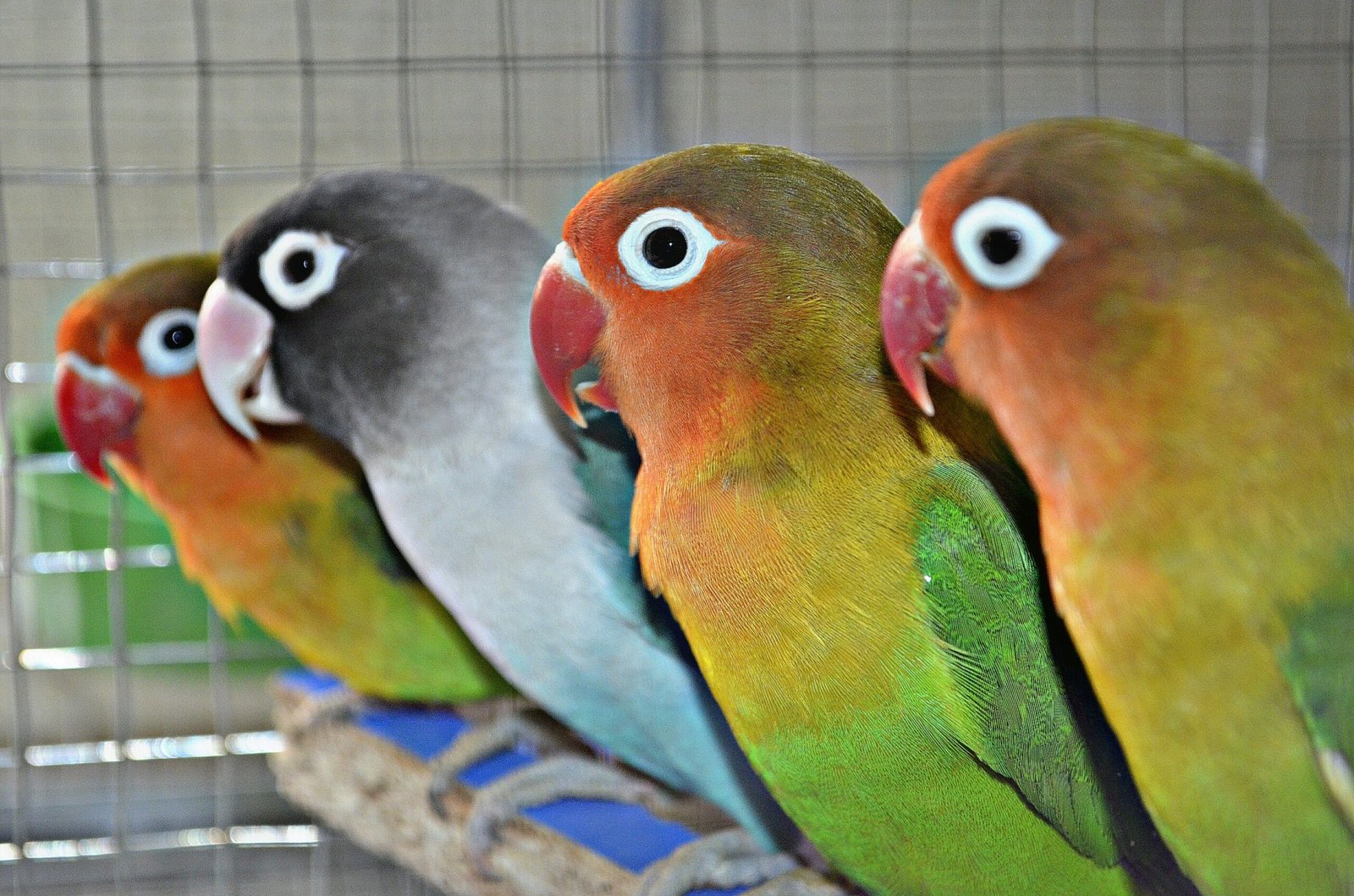
With great attachment comes great responsibility. Scientists and animal advocates emphasize the importance of meeting a bird’s physical and emotional needs before seeking a bond. Parrots and cockatiels require ample space, mental stimulation, and social interaction to thrive. Neglecting these needs can lead to frustration, loneliness, and behavioral problems. Ethical bird ownership means putting the bird’s well-being first and recognizing the lifelong commitment involved in sharing your life with such intelligent creatures.
Parrots and cockatiels aren’t just pets—they’re partners in a rich, cross-species dance of trust, empathy, and emotional discovery. Science shows that their capacity for attachment is real, profound, and deeply moving. Next time your feathered friend whistles your favorite tune or nestles close, remember: you’re part of an extraordinary bond that’s as complex and beautiful as any in the animal kingdom. Isn’t it amazing how a pair of wings and a few kind words can bridge the distance between our worlds?




